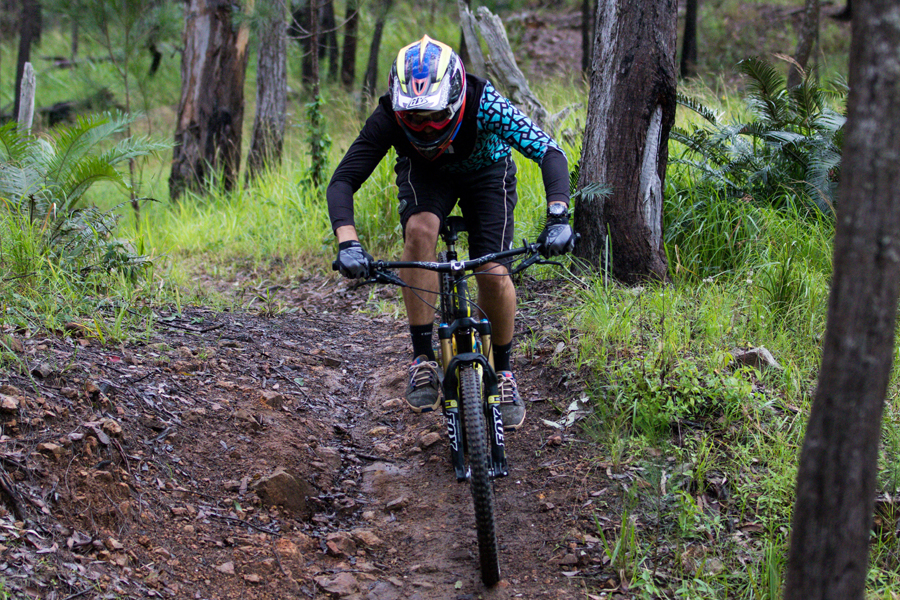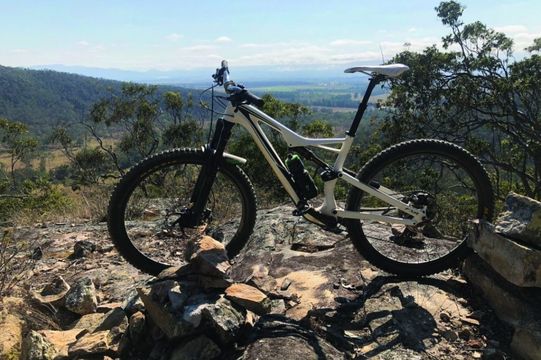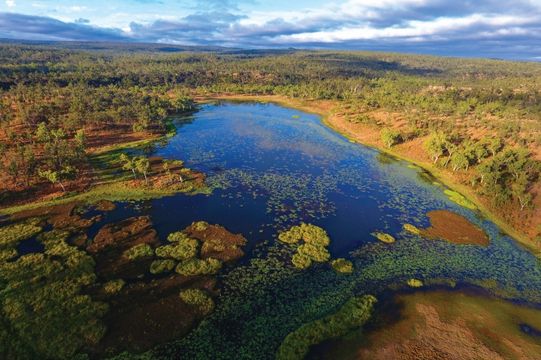Written by Jodie Eden
I love writing these articles for What’s On magazine, but I need to write the article three months before you get to read it. So, here I sit: writing in wet, muddy May and trying to imagine you sitting there in August. What will it be like?
Imagining three months ahead is normal for me. Those of us who grow annual veggies do this all the time, conscious of the delay between the planting of a seed and the harvest.
Here in May I am now planting veggies that I’ll be harvesting in August. And, if past experience is anything to go by, I’ll be harvesting rather a lot! In August I usually have excesses of carrots, silverbeet, broccoli, and lettuce. August is usually cool but dry: the end of the lovely winter growing season. Perhaps earlier in the year you’d been feeling bad about failing to grow things during that relentless drizzle? When you start to get success, this is often followed by excess. Perhaps now you’re feeling bad about producing more than you can use? How could this be a problem? When people struggle with excess harvest it is usually for four reasons:
- What’s growing well for you is growing well for everyone.
- Harvesting uses up your time, effort, buckets, and bags.
- Ripe or damaged produce must be dealt with at once.
- Let’s face it: some produce is not particularly tasty.
Many people happily solve this issue by adding a heap of bought ingredients like sugar and white flour to make jams, chutneys, and cakes. This is not really my thing. If the only way to make an unripe pumpkin or an overgrown zucchini palatable is by adding the same weight in rubbish ingredients, that doesn’t feel like a win to me! Having said that I do make sweet chili sauce, green tomato chutney, and green nectarine chutney (all of which have heaps of sugar in them) and we use a couple of spoonfuls of these each week. But mostly my aim is to eat delicious, healthy food.
Perhaps baking and jam-making is your happy place, or you have a friend who is happy to drop everything to perform some transformative magic on your excess harvest? If not, here are a few options that work for me.
I dehydrate tomatoes, bananas, nectarines, and even sweet corn. I ferment cabbage to make sauerkraut which we add to our salads with olive oil for a mind-blowing salty-sour-umami taste that’s better than any salad dressing. But mostly I do a lot of freezing.
Although we are always encouraged to use fresh produce, consider that there are often more nutrients in frozen fruit and veggies (if frozen at their prime) than in ‘fresh’ produce that has travelled and been stored for weeks. I have two well-organised chest freezers and I’ve figured out techniques to ensure we enjoy my produce all year round. Some things like tomatoes are fine to freeze raw. You can add frozen tomatoes to stews or bolognaise just like you would add a tin of tomatoes. I don’t bother getting the skins off – I add it all and enjoy the texture.
Carrots can also be frozen raw and whole. We take them out and slice up when still partly frozen and add to salads or stirfries. I also freeze raw grated carrots and chopped spring onions in measured lumps that I later turn into fritters. I freeze fruits raw, using the pulp of nectarines or jaboticabas to make iceblocks for a hot day. No extra sugar, just icy cold sweet fruit.
I also freeze silverbeet raw. In August I usually harvest bulk silverbeet, wash it, strip the leaves off the stems and then shove the leaves into large bags to freeze. Later, I defrost them in a colander, squeeze out all the excess juice and freeze again in a solid little lump to later turn into spanakopita or quiches. This freeze-squeeze-freeze method gives something more like the frozen spinach blocks from the supermarket, and no juice means no soggy pastries.
I freeze things raw whenever I can, but you must ‘blanch’ some things like broccoli before freezing. Drop bite-sized florets into boiling water only until they go bright green, then get them out to cool as quickly as possible. Use a salad spinner to remove the excess moisture and spread the florets out on trays so they don’t freeze in a great solid lump. I think broccoli treated this way is better than fresh. When we make a stir-fry, we cook the fresh ingredients first then throw frozen broccoli in at the end, just for long enough for it to defrost and heat up. I love that ‘Chinese restaurant’ texture, and we get to eat broccoli all year round.
Carrot fritters: combine 600g grated carrot, 400g finely chopped spring onion, 4 tsp grated turmeric, 1tsp salt and 1tbsp baking powder with enough wholemeal flour to coat (about 200g). Stir in 4 beaten eggs to make a sticky batter. Heat oil in frying pan and drop large spoonful’s well-spaced and press down with a fork to flatten. When crispy brown, flip over with a spatula and cook the other side.








